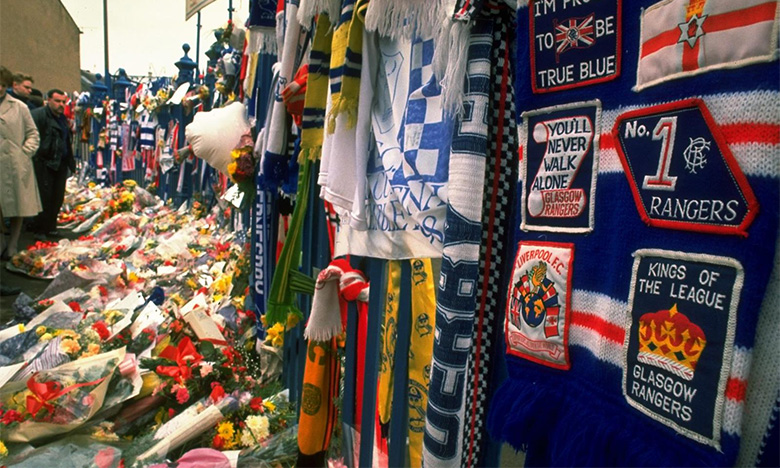It was a beautiful sunny spring day in Sheffield, England, when Tony Bland — aka Blandy — headed to Hillsborough Stadium for the semifinal football match between Liverpool and Nottingham Forest on April 15, 1989. The avid Liverpool supporter, 17, was excited to see a rematch of the semifinal game from the previous year. He had recently started working and saved his money so that he could afford to go in person.
Tony stopped at the Arkle Pub and had a pint with other fans before heading to the stadium. But within 20 minutes of the match starting, he was lying unconscious on the pitch, one of hundreds crushed in the worst stadium disaster in football history. Ninety-four people died that day from injuries sustained in the crush. Hundreds more were injured, three with serious brain injuries. Lee Nicol, 14, died in the hospital four days later, and Bland and 22-year-old Andrew Devine survived but were left in a persistent vegetative state (PVS).
A PVS victim “continues to display organized brain activity,” says Ronald Munson, a philosophy professor at the University of Missouri–St. Louis, and expert in medical ethics. He explains that PVS is different from other types of vegetative states because the patient is not brain-dead. “The brain stem continues to function and to provide all the automatic processes needed to sustain life. What [is] missing … are the higher functions of the brain, the ones we associate with thinking and feeling and being a person.” Within a few months, Tony’s family and primary physician, Dr. Jim Howe, had determined that there was no possibility of the young man recovering, and they made the difficult decision to end his treatment. Back then, however, Britain had no legal standard for how a patient like Tony should be treated.
In August, Howe reached out to Stefan Popper, the coroner handling the Hillsborough victims, to inform him of the plan to remove Tony’s feeding tube. Popper quickly responded that if Howe followed through with this plan, he would be charged with murder. The case went to court, protesters gathered outside the hospital, and Howe received hate mail. But the Bland family refused to back down.
Howe and the Bland family’s argument rested on the distinction between actively ending someone’s life and stopping treatment. Munson calls this “passive euthanasia.” It doesn’t require “pulling the plug.” The doctors would simply stop providing Tony with the artificial nutrition and hydration keeping his body running. Those opposed said this would essentially starve him to death. The House of Lords agonized over the decision but eventually ruled that because Howe would not be actively causing Tony’s death, removing artificial nutrition and hydration was permissible.

